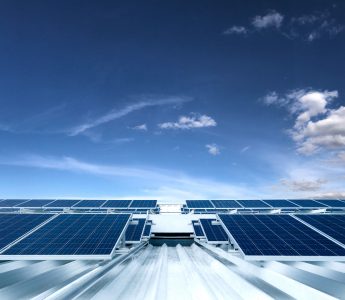800 MW of Rooftop Solar Added to the Northeastern United States in 2019
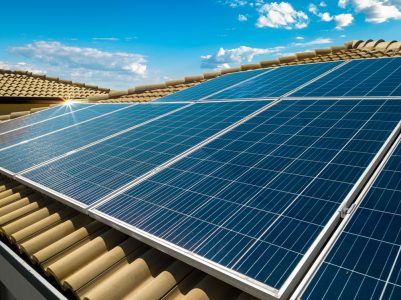 Solar contractors across nine Northeastern states added about 800 MW of small-scale installations in 2019, with New Jersey and New York making up about three-fifths of the total installed capacity. Contractors generally refer to these small scale-installations or rooftop solar panels as installations smaller than one megawatt. In 2020, The Solar Energy Industries Association (SEIA) hopes to see New Jersey and New York continuing to be trailblazers, renewing their current solar initiative plan and expanding on their current one, respectively.
Solar contractors across nine Northeastern states added about 800 MW of small-scale installations in 2019, with New Jersey and New York making up about three-fifths of the total installed capacity. Contractors generally refer to these small scale-installations or rooftop solar panels as installations smaller than one megawatt. In 2020, The Solar Energy Industries Association (SEIA) hopes to see New Jersey and New York continuing to be trailblazers, renewing their current solar initiative plan and expanding on their current one, respectively.
In the past 12 months, we saw Massachusetts lead in cumulative rooftop installations per capita, with Vermont and New Jersey trailing closely behind in second and third. Rhode Island took the lead in rooftop solar installation additions per capita in 2019 by a two-to-one margin. Maine and Pennsylvania were the only two states in 2019 that did not exceed the U.S. national average of 69 watts of rooftop solar per capita, with New York and New Hampshire needing to establish a hefty amount of rooftop solar installations this year to keep that honor.
State Policy Goals
Regardless of the size of solar installation, the technology used, or where it’s located, local, state and federal policies have a major impact on the success of distributed solar initiatives. SEIA helps support these initiatives statewide by being engaged with policymakers in Washington, D.C. Several groups in the Northeast shared their policy goals and plans for 2020, with all of them hoping to continue the forward momentum into the future.
New Jersey
New Jersey’s current plan is set to expire, so looking ahead, SEIA is looking for a replacement program to install at least another 3 GW of distributed solar, short-term. Vote Solar, whose mission is to make solar a more mainstream energy resource, is pressing for $125 million per year in state funding; which will provide 250,000 lower income families the opportunity to go solar by 2030 with 400 megawatts of solar storage. Pari Kasotia, Vote Solar’s Mid-Atlantic Director says, “By focusing on low-income families, we are ensuring that on-bill savings, which are more difficult for low-income families to access, are available to everyone.”
New York
SEIA is pushing for state funding for New York’s agency, NYSERDA. This petition requests $573 million to help meet a state goal of 6 GW of distributed solar capacity by 2025. Vote Solar’s goal in New York is to serve 250,000 low income families with solar so everyone in the community can participate in the state initiative for cleaner energy.
Massachusetts
Solar Massachusetts Renewable Target (SMART) is a sustainable solar initiative program that promotes cost-effective solar development in Massachusetts. Vote Solar’s goal in Massachusetts is to simplify the program so that low-income families will have the chance to go solar without needing to sign a contract. SEIA is more focused on the solar project sites of the SMART program. David Gahl, SEIA’s Senior Director of Northeast state affairs states, “The program applies an incentive subtractor for certain distributed solar projects built on green fields and previously undisturbed property. This is essentially a penalty that’s assessed on a cent per kilowatt-hour basis.” SEIA would like to see an approach that more clearly designates the type of parcel where the solar installations would be applied.
Solar Potential for the Future
The solar potential across the U.S. is greater than it may seem, especially in the Northeast. The National Renewable Energy Laboratory (NREL) created a solar potential map of the U.S., where at first glance, the map is very misleading. It highlights the Southwestern desert as a hotspot for solar potential, then, as you move across the U.S., it appears the potential dramatically drops off, which isn’t true. In fact, there’s solar potential everywhere across the continental United States.
At Intersect Energy, we offer innovative and efficient solutions for renewable energy. We help commercial and industrial companies with solar energy development projects in New Jersey, New York and Massachusetts. Our solutions reduce operating costs and sources of local green energy. To keep up with all the latest news in renewable energy, make sure to follow us on LinkedIn.
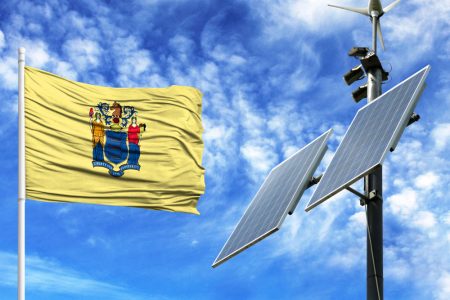 New Jersey Governor Phil Murphy is making a pledge to fight climate change in his 290-page document that outlines the state’s master energy plan. This extensive plan includes electrification initiatives that call for more solar charging vehicles and solar heating buildings. The master plan has a goal of 17 GW of solar by 2035, and given the 3 GW of existing solar, speculations suggest that this goal can be comfortably met by adding just 950 MW of solar each year through 2035 and 400 MW of distributed energy each year through 2030.
New Jersey Governor Phil Murphy is making a pledge to fight climate change in his 290-page document that outlines the state’s master energy plan. This extensive plan includes electrification initiatives that call for more solar charging vehicles and solar heating buildings. The master plan has a goal of 17 GW of solar by 2035, and given the 3 GW of existing solar, speculations suggest that this goal can be comfortably met by adding just 950 MW of solar each year through 2035 and 400 MW of distributed energy each year through 2030.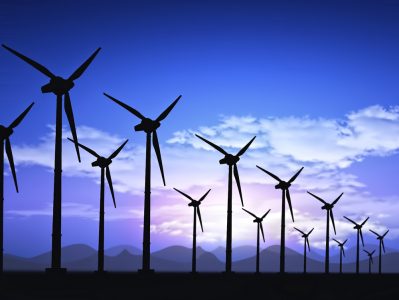 2019 saw an abundance of clean energy dominance in the United States. From 11 states having a 100% commitment or achievement to clean energy to solar and solar battery storage prices becoming more and more affordable throughout the country, clean, renewable energy is here to stay. With that being said, we’re looking to the future. What will 2020 hold? What can we expect from clean energy in the next decade?
2019 saw an abundance of clean energy dominance in the United States. From 11 states having a 100% commitment or achievement to clean energy to solar and solar battery storage prices becoming more and more affordable throughout the country, clean, renewable energy is here to stay. With that being said, we’re looking to the future. What will 2020 hold? What can we expect from clean energy in the next decade?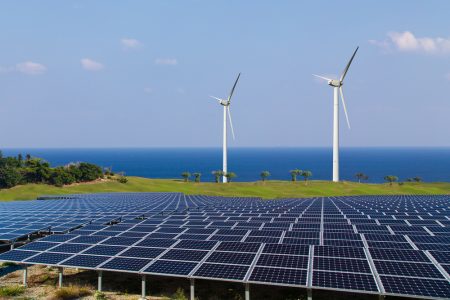 DNV GL, a world-leader in quality assurance and risk management services for maritime, oil, gas, power and renewable industries, recently released their annual
DNV GL, a world-leader in quality assurance and risk management services for maritime, oil, gas, power and renewable industries, recently released their annual 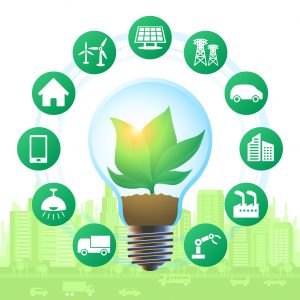 Intersect Energy, LLC has developed a revolutionary portable packaging of solar power with a battery system. This system allows for immediate and rapid expansion of remote electrification for rural development, humanitarian relief, commercial and military uses. Intersect’s unit, named EOUS, is a green way to supply power for beyond the grid (BTG) distributed resources. The EOUS system can provide 7-12 kW anywhere in the world for 24 hours a day, 7 days a week. If more power is needed, another unit can easily be tied into the existing system. We believe our system is also a perfect green solution for rapid deployment when power isn’t readily available due to disasters, weather or blackouts.
Intersect Energy, LLC has developed a revolutionary portable packaging of solar power with a battery system. This system allows for immediate and rapid expansion of remote electrification for rural development, humanitarian relief, commercial and military uses. Intersect’s unit, named EOUS, is a green way to supply power for beyond the grid (BTG) distributed resources. The EOUS system can provide 7-12 kW anywhere in the world for 24 hours a day, 7 days a week. If more power is needed, another unit can easily be tied into the existing system. We believe our system is also a perfect green solution for rapid deployment when power isn’t readily available due to disasters, weather or blackouts.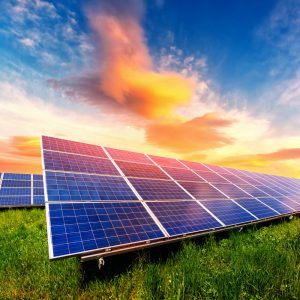 Since the early 2000’s, we’ve seen retail electricity prices steadily rise, about
Since the early 2000’s, we’ve seen retail electricity prices steadily rise, about 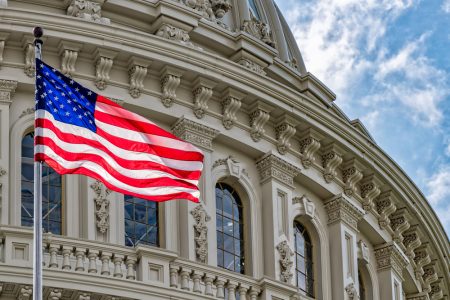 For the last five years, homeowners and commercial business owners have enjoyed the benefits of the solar investment tax credit. This tax credit (ITC) allows you to deduct 30% of the cost of installing a solar energy system to your property from your federal taxes. This saves the shopper on average about $9,000. Now, House Democrats have drafted a clean energy package to extend this tax credit to wind and energy storage industries as well as add another five-year extension. Not only could this advanced tax credit reduce emissions, it could also create thousands of jobs and boost the economy. Enjoying bi-partisan support in the House, this development makes clean energy accessible and affordable for everyday Americans.
For the last five years, homeowners and commercial business owners have enjoyed the benefits of the solar investment tax credit. This tax credit (ITC) allows you to deduct 30% of the cost of installing a solar energy system to your property from your federal taxes. This saves the shopper on average about $9,000. Now, House Democrats have drafted a clean energy package to extend this tax credit to wind and energy storage industries as well as add another five-year extension. Not only could this advanced tax credit reduce emissions, it could also create thousands of jobs and boost the economy. Enjoying bi-partisan support in the House, this development makes clean energy accessible and affordable for everyday Americans.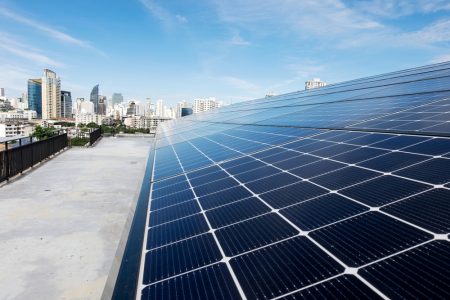 Our biggest source of energy, the Sun emits enough energy to completely satisfy the entire human demand for energy for over two hours! In the past few years, we’ve seen a steady rise in the deployment of large-scale solar power operations, with installations over the next few years set to reach a record high. New advancements in technology have increased these record high numbers, making solar paneling more efficient while driving down costs. While there have been a few setbacks in the quest to go solar, recent research conducted by
Our biggest source of energy, the Sun emits enough energy to completely satisfy the entire human demand for energy for over two hours! In the past few years, we’ve seen a steady rise in the deployment of large-scale solar power operations, with installations over the next few years set to reach a record high. New advancements in technology have increased these record high numbers, making solar paneling more efficient while driving down costs. While there have been a few setbacks in the quest to go solar, recent research conducted by 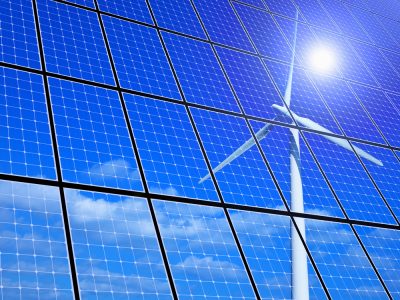 In a world that’s increasingly seeing the need for connection through alternative mediums, such as distributed generation, many big-time grid energy operators are choosing to collectively cutback on their renewable resource projects. One such company, Midcontinent Independent System Operator (MISO), has actively suspended 3.5 GW of renewable projects in the Western portion of their queue this year. Why? The need for transmission system upgrades are said to be tedious, continuous and expensive.
In a world that’s increasingly seeing the need for connection through alternative mediums, such as distributed generation, many big-time grid energy operators are choosing to collectively cutback on their renewable resource projects. One such company, Midcontinent Independent System Operator (MISO), has actively suspended 3.5 GW of renewable projects in the Western portion of their queue this year. Why? The need for transmission system upgrades are said to be tedious, continuous and expensive.